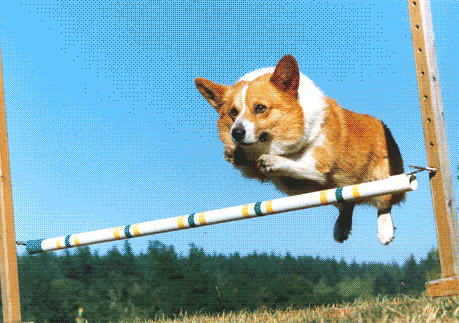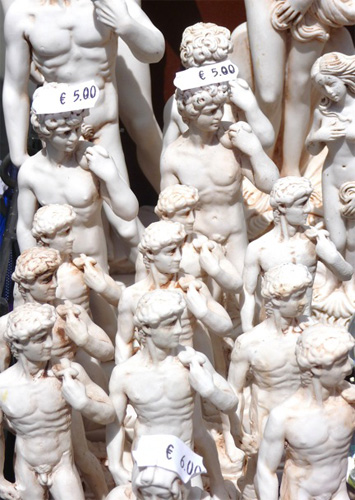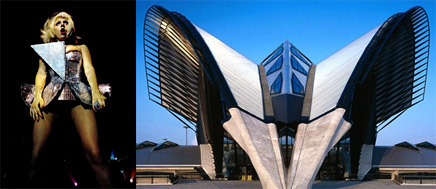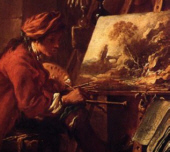This article was written by Douglas Adams in 1999, and it still stands as one of the best things written on the subject. Required reading. A couple of quotes:
“So people complain that there’s a lot of rubbish online, or that it’s dominated by Americans, or that you can’t necessarily trust what you read on the web. Imagine trying to apply any of those criticisms to what you hear on the telephone. Of course you can’t ‘trust’ what people tell you on the web anymore than you can ‘trust’ what people tell you on megaphones, postcards or in restaurants. Working out the social politics of who you can trust and why is, quite literally, what a very large part of our brain has evolved to do. For some batty reason we turn off this natural scepticism when we see things in any medium which require a lot of work or resources to work in, or in which we can’t easily answer back — like newspapers, television or granite. Hence ‘carved in stone.’
What should concern us is not that we can’t take what we read on the internet on trust — of course you can’t, it’s just people talking — but that we ever got into the dangerous habit of believing what we read in the newspapers or saw on the TV — a mistake that no one who has met an actual journalist would ever make. One of the most important things you learn from the internet is that there is no ‘them’ out there. It’s just an awful lot of ‘us’…”
“Interactivity. Many-to-many communications. Pervasive networking. These are cumbersome new terms for elements in our lives so fundamental that, before we lost them, we didn’t even know to have names for them.”






 Su
Su